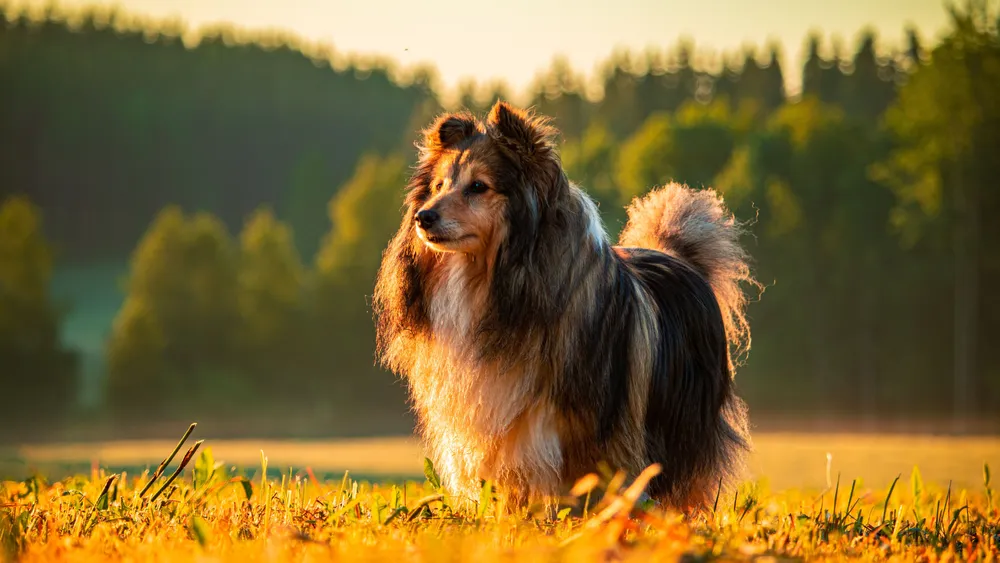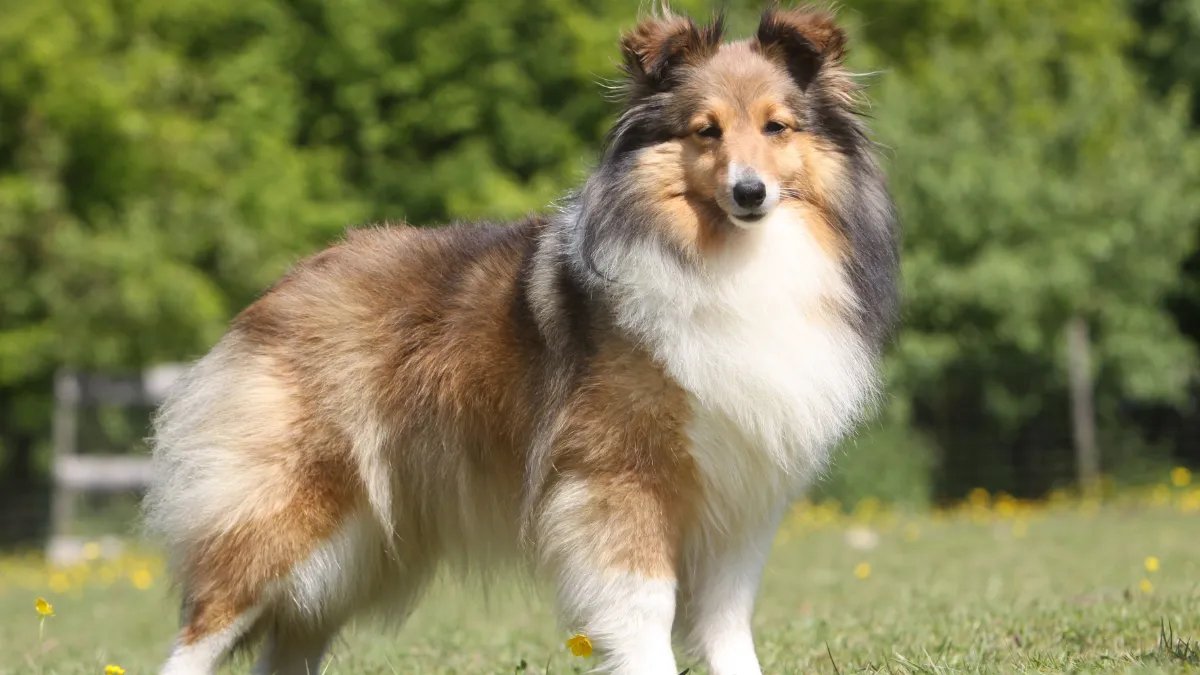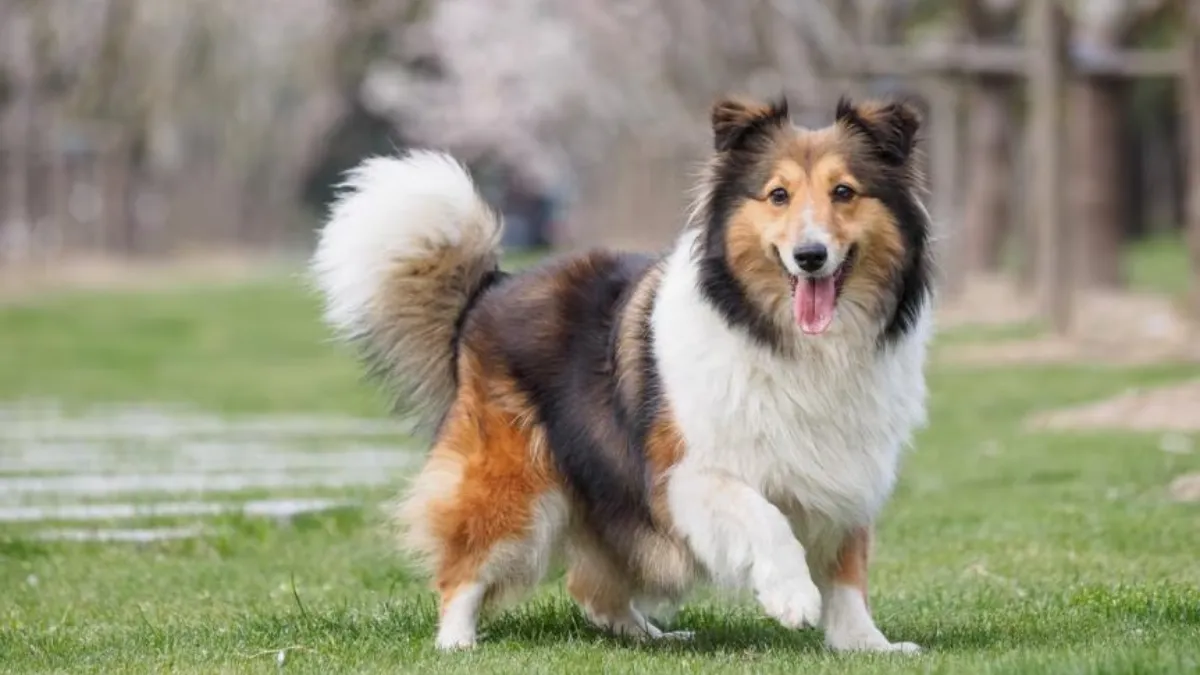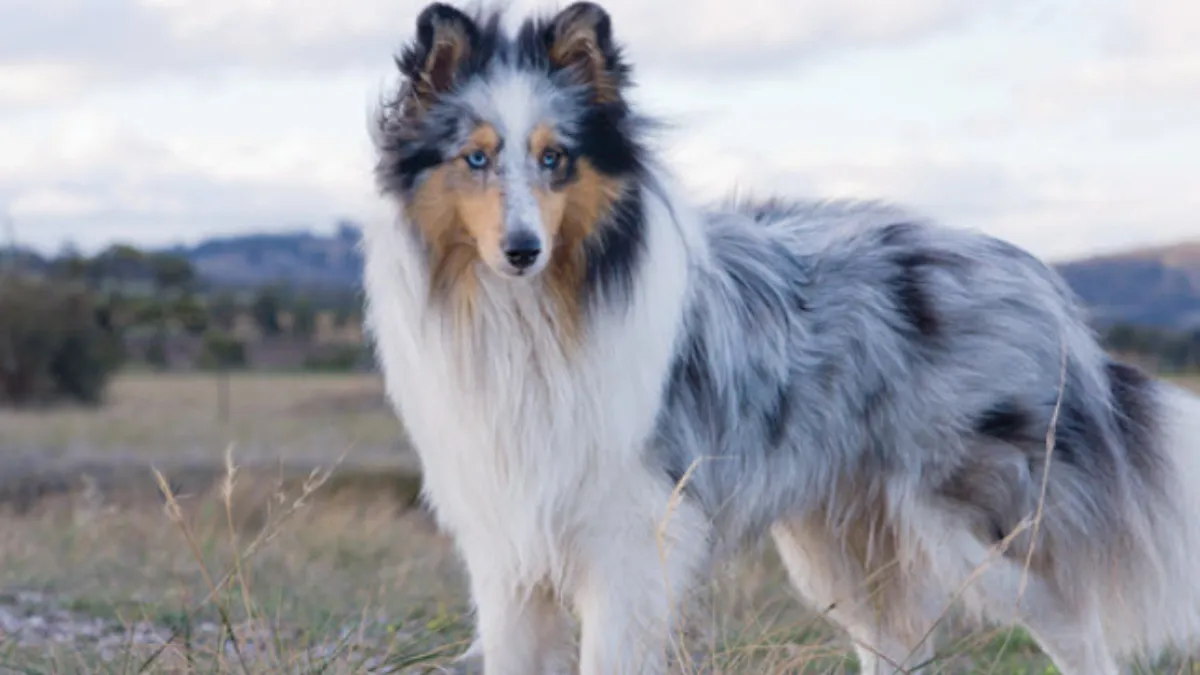Shetland Sheepdogs, also known as Shelties, are a popular breed of dog known for their intelligence, loyalty, and affectionate nature. But where did these beloved dogs originate from? The answer lies in the Shetland Islands, a remote archipelago off the coast of Scotland. Where Are Shetland Sheepdogs From?
The Shetland Sheepdog was originally bred to herd sheep and other livestock in the harsh and rugged terrain of the Shetland Islands. These dogs were highly valued by the islanders for their ability to work tirelessly in all weather conditions, and their intelligence and agility made them well-suited for the job. Over time, the breed was refined and developed into the Sheltie that we know and love today.
While the exact origins of the Shetland Sheepdog are not entirely clear, it is believed that the breed is descended from a variety of dogs that were brought to the Shetland Islands by Viking settlers. These dogs were likely crossed with local breeds to create a dog that was well-suited for the island's unique environment. Today, the Sheltie is a beloved breed that is known for its beauty, intelligence, and loyal nature, and is a popular choice for families and dog lovers all over the world.

Origins and History
Shetland Sheepdogs, also known as Shelties, are a breed of herding dog that originated in the Shetland Islands, Scotland. They were developed in the 19th century by crossing the Shetland Collie, a small working dog, with the Rough Collie and possibly the Border Collie.
Shetland Islands Roots
The Shetland Islands are a group of islands located off the coast of Scotland. The harsh climate and rugged terrain of the islands required a small, agile dog that could herd sheep and cattle. The Shetland Collie, which is now extinct, was the original herding dog of the islands. It is believed to have been crossed with other breeds, including the Greenland Yakki and the Pomeranian, to create the Shetland Sheepdog we know today.
Nineteenth Century Development
In the 19th century, the Shetland Sheepdog was further developed by breeders in England. They crossed the breed with the Rough Collie to improve its appearance and size. The breed was also introduced to the United States, where it gained popularity as a companion dog.

Breed Recognition
The Shetland Sheepdog was recognized by the English Kennel Club in 1909 and by the American Kennel Club in 1911. Today, the breed is popular around the world and is known for its intelligence, loyalty, and affectionate nature.
Overall, the Shetland Sheepdog has a rich history and a strong connection to its Scottish roots. Its development over the centuries has resulted in a breed that is both beautiful and functional, and its popularity as a companion dog continues to grow.
Breed Characteristics
Shetland Sheepdogs, also known as Shelties, are a small to medium-sized breed of herding dogs that originated in the Shetland Islands of Scotland. They are highly intelligent, sensitive, and reserved dogs that make excellent companions and working dogs.
Physical Description
Shetland Sheepdogs are a tri or sable-colored breed, with a variety of colors including black, blue merle, and chestnut rainbow. They have a double coat that is thick and luxurious, with a soft undercoat and a longer, coarser outer coat. They have a distinctive mane and frill around their necks, and their tails are long and feathered.
Color Varieties
Shetland Sheepdogs come in a variety of colors, including black, blue merle, and chestnut rainbow. They also come in sable, which is a range of colors from light golden to mahogany. The sable color can also be combined with white, creating a bi-color or tri-color coat.

Temperament and Personality
Shetland Sheepdogs are known for their intelligence, sensitivity, and reserved nature. They are highly trainable and excel in obedience and agility competitions. They are also loyal and affectionate with their families but can be timid or reserved with strangers. Shetland Sheepdogs are excellent with children and make great family pets.
In conclusion, Shetland Sheepdogs are a beautiful and intelligent breed of herding dogs that are known for their sensitivity, intelligence, and loyalty. They come in a variety of colors and have a distinctive double coat that requires regular grooming. They make excellent family pets and working dogs and are highly trainable and obedient.
Health and Care
Common Health Issues
Shetland Sheepdogs are generally a healthy breed with a lifespan of 12-14 years. However, like all breeds, they are prone to certain health issues. One common health issue is hip dysplasia, which is a genetic condition that affects the hip joint and can lead to arthritis. Eye problems such as progressive retinal atrophy and cataracts are also common in Shetland Sheepdogs. It is important to get regular check-ups with a veterinarian to catch any potential health issues early on.
Grooming Needs
Shetland Sheepdogs have a thick double coat that requires regular grooming to prevent matting and tangling. They shed heavily twice a year, so during these times, daily brushing is necessary. Otherwise, weekly brushing should suffice. Bathing is only necessary when the dog is dirty or has a strong odor. It is important to trim their nails regularly and clean their ears to prevent infections.
Exercise and Activity Levels
Shetland Sheepdogs are an energetic breed that requires daily exercise and mental stimulation. They are highly trainable and excel in obedience and agility competitions. A daily walk or run, along with playtime in a fenced yard, is recommended to keep them physically and mentally healthy. They are a mature breed, meaning they may not reach their full activity level until they are 2-3 years old.
Training and Activities
Obedience and Training
Shetland Sheepdogs are intelligent and eager to please, making them easy to train. They excel in obedience and are quick learners. Positive reinforcement techniques, such as treats and praise, are effective in training this breed.
It is important to start training early and to be consistent with commands and routines. Shetland Sheepdogs respond well to a structured training program and thrive when given a job to do. They are natural herders and enjoy participating in activities that involve their instinctual herding behaviors.

Agility and Sporting
Shetland Sheepdogs are also well-suited for agility and sporting activities. Their small size and agility make them excellent competitors in agility trials. They are quick and nimble, with the ability to navigate obstacles with ease.
In addition to agility, Shetland Sheepdogs also enjoy participating in other sporting activities such as flyball and obedience competitions. These activities provide mental and physical stimulation for the breed, helping to keep them happy and healthy.
Overall, Shetland Sheepdogs are a versatile breed that excels in a variety of training and activity settings. Whether working as a herding dog, participating in agility trials, or simply playing games with their owners, Shetland Sheepdogs are a smart and capable breed that is sure to impress.
Breeders and Kennel Clubs
Choosing a Breeder
When looking for a Shetland Sheepdog breeder, it is important to do your research. A reputable breeder will have a strong knowledge of the breed and will prioritize the health and well-being of their dogs. They will also be happy to answer any questions you may have and provide references from previous clients.
It is recommended to visit the breeder's facility to get a sense of the living conditions and temperament of the dogs. Additionally, a good breeder will provide documentation of health screenings and genetic testing to ensure that their dogs are free from inherited diseases.

Kennel Club Standards and Registration
The American Kennel Club (AKC) and the United Kennel Club (UKC) both recognize the Shetland Sheepdog as a breed. These organizations have established breed standards that outline the physical and behavioral characteristics of the breed.
Breeders who are members of these kennel clubs must adhere to strict guidelines to ensure that their dogs meet these standards. Additionally, registering a Shetland Sheepdog with these organizations provides documentation of the dog's pedigree and can help identify potential health concerns.
It is important to note that registration with a kennel club does not guarantee the quality of a breeder or their dogs. However, it does provide a level of assurance that the breeder is committed to producing healthy and well-tempered Shetland Sheepdogs that meet breed standards.
Cultural Impact and Popularity
Shelties in Popular Culture
Shetland Sheepdogs, also known as Shelties, have gained popularity not only as a beloved companion dog but also in popular culture. This breed has been featured in various movies, TV shows, and books, such as the movie "Lassie Come Home" and the TV show "Full House." The breed's intelligence, loyalty, and affectionate nature make them a popular choice for media representation.
Global Popularity and Breed Clubs
Shelties are a popular breed worldwide, with breed clubs in many countries, including the United States. According to the American Kennel Club, Shelties are ranked as the 24th most popular breed in the U.S. This popularity is due to their friendly demeanor, trainability, and adaptability to various living situations.
Breed clubs not only provide a community for Sheltie owners but also offer resources for education, health, and training. These clubs also organize events, such as dog shows and competitions, where shelters can showcase their talents and beauty.

In summary, shelters have made a significant cultural impact and gained popularity globally due to their lovable nature and representation in popular culture. Breed clubs have also contributed to their popularity by providing resources and events for owners and enthusiasts.
Conclusion:
In conclusion, exploring the roots of Shetland Sheepdogs sheds light on their fascinating journey. Originating from the remote Shetland Islands, these dogs have a rich heritage that shapes their distinctive traits and behaviors. Understanding where Shetland Sheepdogs come from enhances our appreciation for their intelligence, agility, and loyalty. From their humble beginnings as working dogs herding sheep in harsh conditions, they have evolved into beloved companions cherished by families around the world.
Where are Shetland Sheepdogs from? Their origins lie in the rugged landscapes and harsh climates of the Shetland Islands, where they were bred to thrive in challenging environments. Despite their small size, Shelties possess a big heart and an unwavering devotion to their owners. Their enduring popularity speaks volumes about their adaptability and charm.
As we celebrate the legacy of Shetland Sheepdogs, we recognize the importance of preserving their breed standards and promoting responsible ownership. Whether as working dogs or cherished pets, Shelties continue to enchant us with their endearing personalities and unwavering loyalty. So, where are Shetland Sheepdogs from? They are from the heart of the Shetland Islands, but their impact reaches far beyond, leaving pawprints on the hearts of dog lovers everywhere.




